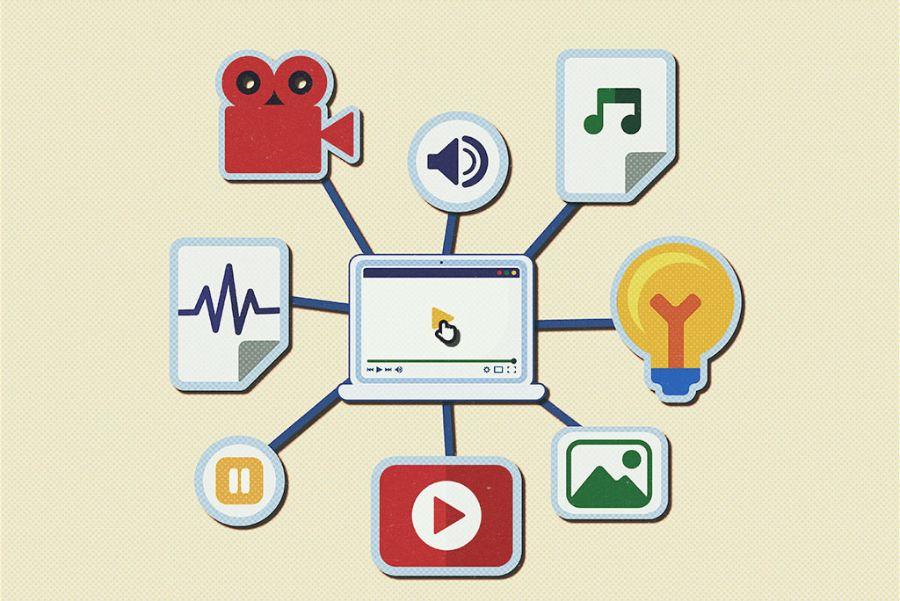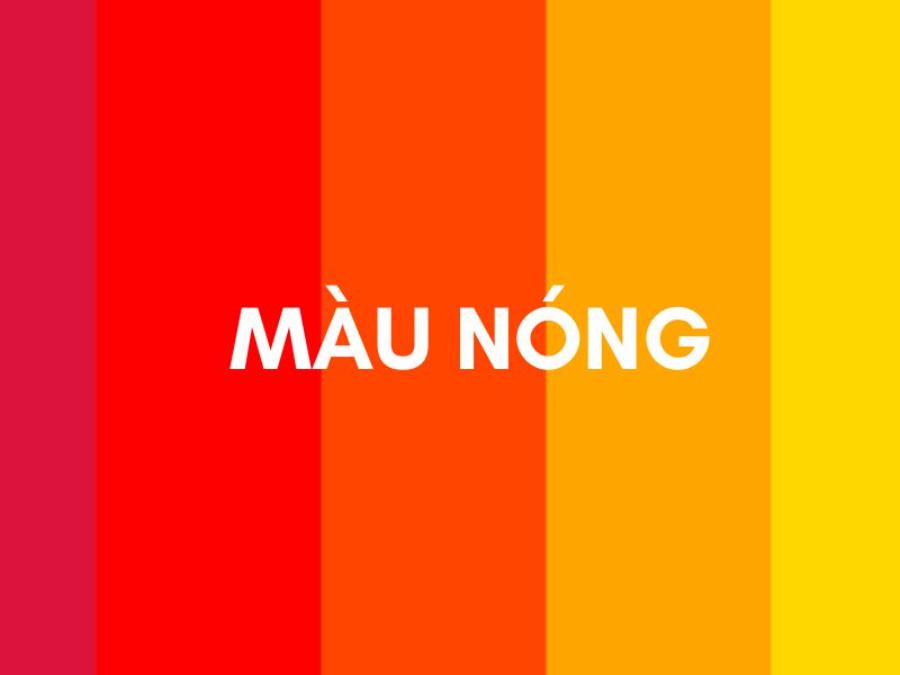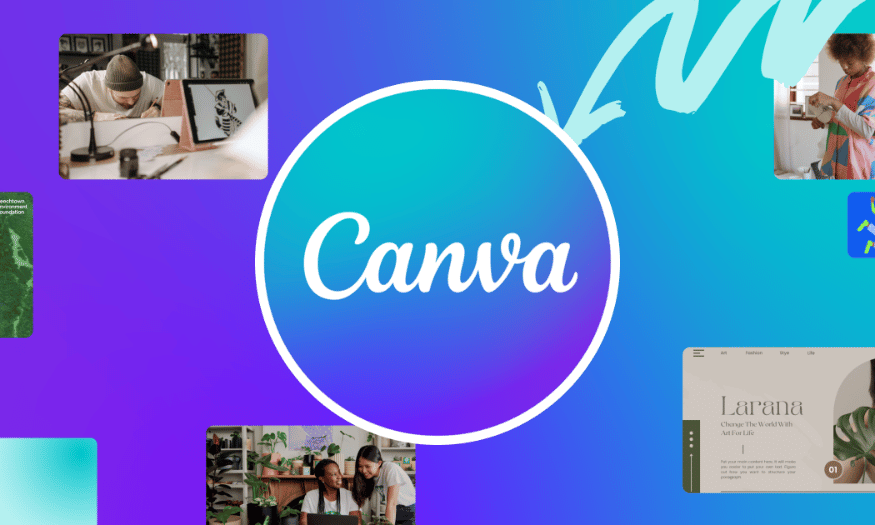Best Selling Products
Discover Digital Art: Elements that help you advance quickly
Learn what Digital Art is and discover the key elements that will help you stand out and advance sustainably in the digital art industry.

The Digital Art industry is developing at an incredible pace, opening up a wide range of career opportunities for those who know how to take advantage of technology trends. Not only is it a combination of art and digital technology, Digital Art also requires mastery of skills, creative thinking and understanding of market trends. In this article, sadesign will provide a comprehensive view of Digital Art. At the same time, analyze the core elements that will help you advance quickly in this potential field.
1. What is Digital Art? Discover the Colorful World of Digital Art
Unlike traditional art using paper, canvas, paint or pen, Digital Art uses software, digital devices. Including tablets, desktop computers, mobile phones and specialized digital tools.
(1).jpg)
1.1. Definition of Digital Art
Digital Art, or digital art, is an art form in which the artist uses digital technology as an essential part of the creative process or presentation of the work. This includes the use of software, computers, electronic drawing tablets, styluses, and other digital devices to create works of art.
The scope of applications of Digital Art is extremely wide and is expanding, including:
Illustration: Creating images for books, magazines, comics, advertising and many other commercial purposes.
Digital Painting: Simulates traditional painting techniques (such as oil painting, watercolor) in a digital environment.
3D Sculpting: Create three-dimensional models and characters for games, movies, animation, and 3D printing.
Graphic Design: Creating visual elements for logos, branding, websites, applications and marketing materials.
Vector Art: Creates images based on mathematical lines and points, capable of infinite scalability without loss of quality.
Pixel Art: A form of digital art that uses individual pixels to create images, commonly seen in classic video games.
Generative Art: Art created through algorithms and automated processes.
Interactive Art: Works of art that allow the audience to interact and change the experience.
Video Art and Animation: Using video and animation to tell stories and convey artistic messages.
NFT (Non-Fungible Token) Art: Create unique and ownable digital artworks on the blockchain.
1.2. History of formation and development of Digital Art
The history of Digital Art dates back to the 1960s with early experiments using computers to create images. Pioneering artists such as Vera Molnar and Frieder Nake used algorithms to create abstract works of art.
In the following decades, developments in computer hardware and software opened up new possibilities for artists. Tools such as light pens on CRT monitors and early graphics software appeared.
By the 1980s and 1990s, the advent of software such as Adobe Photoshop and Illustrator marked a major turning point, bringing Digital Art closer to the public and professional artists. The Internet also played an important role in the dissemination and sharing of digital artworks.
Nowadays, with the remarkable progress of technology, Digital Art has become a diverse and strongly developing art field, widely applied in many industries and attracting many artists around the world.
1.3. Main classifications of Digital Art in the modern world
The world of Digital Art is extremely diverse with many different categories and styles:
1.3.1. Digital Painting and Illustration
These are forms of Digital Art that most closely mimic traditional painting and illustration. Artists use software and electronic drawing tablets to create paintings and images in a variety of styles, from fresco to abstract.
1.3.2. 3D Art and Sculpting
This field focuses on the creation of three-dimensional models and characters on computers. Artists use specialized software to "sculpt" virtual shapes, creating works with depth and volume. 3D Art is widely used in games, movies, animation and product design.
1.3.3. Vector Art
Vector Art uses mathematical lines and points to create images. The biggest advantage of Vector Art is the ability to infinitely resize without losing image quality, making it perfect for logos, icons, and print designs.
1.3.4. Pixel Art
Pixel Art is a digital art style that uses individual pixels to create images. This style is often reminiscent of classic video game graphics and is still popular with many artists for its uniqueness and nostalgia.
1.3.5. Generative Art
Generative Art is a form of art in which the artist creates a system (usually a computer algorithm) and lets the system generate the artwork. The results are often unique and unexpected images.
1.3.6. Interactive Art
Interactive Art is digital artwork that allows the audience to interact and change the experience. This may include the use of sensors, motion tracking software, or other interactive interfaces.
1.3.7. Video Art and Animation
Video Art uses video as an artistic medium, often exploring themes of time, space, and perception. Animation creates the illusion of motion through the rapid display of sequences of still images, and is widely used in film, advertising, and entertainment.
1.4. The role and importance of Digital Art in the digital age
Digital Art plays an increasingly important role in the digital age:
(2).jpg)
Media and Entertainment: Digital Art is the foundation for the gaming, film, animation, advertising and online media industries.
Design and Create: Digital Art tools provide designers and artists with powerful means to express ideas and create unique products.
Education and Research: Digital Art is used in education to visualize complex concepts and in research to create scientific simulations and visualizations.
Contemporary Art: Digital Art has become an integral part of the contemporary art world, with works displayed in galleries and museums around the world.
Creative Economy: The Digital Art industry creates many job opportunities and contributes to the creative economy.
2. Key Factors to Quickly Advance in the Digital Art Industry
To quickly advance in the competitive Digital Art industry, you need to focus on comprehensively developing the following 5 key elements:
2.1. Solid Foundational Art Skills
Like any art form, Digital Art requires a solid foundation of artistic skills. No matter what digital tools you use, the fundamentals of shape, color, light, and composition are the foundation for creating high-quality work.
2.1.1. Understanding of drawing, anatomy and perspective
Drawing: The ability to accurately draw shapes and lines is important, helping you build the basic structure of your work.
Anatomy: Especially important for those who want to draw characters or creatures, understanding bone and muscle structure helps create natural and realistic images.
Perspective: Mastering the principles of perspective helps create depth and space in your work.
2.1.2. Ability to create and develop unique ideas
Basic artistic skills are only part of the picture. To truly stand out, you need to be creative and develop unique, original ideas. Keep exploring, experimenting, and drawing inspiration from a variety of disciplines.
.jpg)
2.1.3. Practice and constantly improve your skills
There are no shortcuts to success in the arts. Regular, targeted practice is the key to improving your skills. Set aside time each day or week to practice basic skills and experiment with new techniques.
2.2. Proficiency in Specialized Tools and Software
In Digital Art, software and equipment are your "weapons". Mastering these tools not only helps you execute your ideas effectively, but also opens up new creative possibilities.
Adobe Photoshop: One of the most powerful and flexible software for Digital Painting, Illustration and photo editing.
Procreate: Popular drawing app on iPad, known for its intuitive interface and powerful brushes.
Clip Studio Paint: Software specifically designed for comics and illustrations, with a variety of tools to support drawing frames, creating effects, and managing multiple pages.
Top 3D Modeling and Sculpting Software (Blender, ZBrush, Maya)
Blender: Free, powerful open source 3D software for modeling, sculpting, animation and rendering.
ZBrush: The leading digital sculpting software, allowing the creation of highly detailed 3D models.
Autodesk Maya: Professional 3D software widely used in the gaming and film industries.
Vector Art Software (Adobe Illustrator)
Adobe Illustrator: Industry standard software for creating vector graphics, logos and icons with mapper capabilities.
2.3. Build an Impressive and Professional Portfolio
Your portfolio is your “portfolio,” a visual representation of your skills and artistic style. An impressive, professional portfolio is key to attracting employers, clients, and establishing a reputation in the industry.
2.3.1. Select high quality and diverse works
Include only your best work, which showcases your skills and range of styles. Choose work that you are most proud of and that is relevant to the field of Digital Art you want to pursue.
2.3.2. Arrange your portfolio logically and easily
Organize your work logically, perhaps by genre, project, or chronologically. Make sure your portfolio is easy to navigate and view on a variety of devices.
2.3.3. Create an online portfolio on reputable platforms (ArtStation, Behance)
ArtStation: Popular platform for artists in the game, film, and concept art industries.
Behance: Adobe's platform, suitable for many creative fields, including Digital Art, Graphic Design and Illustration.
Creating a professional online portfolio on these platforms gives you access to a large audience, employers, and potential clients.
2.3.4. Personalize your portfolio to express your own style
A portfolio is more than just a place to showcase your work; it's also an opportunity to showcase your unique artistic style. Design your portfolio and display your work to reflect your artistic personality.
2.3.5. Regularly update and refresh your portfolio
Your portfolio should be a living document, regularly updated with your latest and best work. Don't be afraid to remove old or outdated work.
2.4. Expand Your Network and Join the Community
The Digital Art industry is a dynamic community and networking is important to learn, find opportunities and grow your career.
Attending live events is a great way to meet artists, employers and like-minded people. Workshops and exhibitions are also a great way to learn new skills and showcase your work.
2.4.1. Interact and learn from other artists
Don’t be afraid to interact with artists you admire. Ask them about their processes, techniques, and experiences. Learning from those who have gone before you is a quick way to improve.
2.4.2. Building relationships with employers and potential clients
Attend industry events, connect with recruiters on LinkedIn, and proactively seek out job opportunities or freelance projects.
2.4.3. Share your knowledge and experience
Once you have some experience, share your knowledge and help those who are just starting out. This will not only help the community grow, but will also strengthen your knowledge and build your personal reputation.
2.5. Personal Marketing and Project Management Skills
In the Digital Art industry, especially when working freelance, self-marketing and project management skills are crucial to attracting clients and completing work professionally.
.jpg)
2.5.1. Building a personal brand online
Create a professional website or social media page to showcase your portfolio, share information about yourself, and reach out for business. Building a strong personal brand helps you stand out and attract opportunities.
2.5.2. Effective communication and presentation skills
The ability to communicate clearly and present ideas effectively is important when working with clients or presenting work.
2.5.3. Understanding of copyright and intellectual property law
Protect your work by understanding copyright and intellectual property laws. This is especially important when you share your work online or work on commercial projects.
2.5.4. Time and project management skills
The ability to effectively manage time, plan and complete projects on time is key to building credibility and maintaining good relationships with clients.
2.5.5. Ability to receive feedback and continuously improve
Be open to constructive feedback and use it to improve your skills. The ability to self-evaluate and continually learn is the mark of a professional artist.
3. Potential Career Fields for Digital Artists
Digital Art opens up many attractive career opportunities in many different fields:
Ngành Công Nghiệp Game: Concept Artist, Character Artist, Environment Artist, UI/UX Artist, Texture Artist, Animator.
Film and Animation Industry: Concept Artist, Storyboard Artist, Character Designer, Background Artist, Visual Effects (VFX) Artist, Animator.
Advertising and Marketing Industry: Illustrator, Graphic Designer, Motion Graphics Artist, 3D Visualizer.
Graphic Design and Communication: Graphic Designer, Web Designer, UI/UX Designer, Visual Designer.
Book Publishing and Illustration: Illustrator, Cover Artist, Comic Artist.
NFT Marketplace and Unique Digital Art: Create and sell unique digital artworks on NFT platforms.
4. Conclusion
Digital Art is a field of art that is full of potential and opportunity. To quickly advance in this industry, it is important to invest in fundamental artistic skills, master tools, build an impressive portfolio, expand your network and develop your personal marketing skills. By focusing on these key elements and constantly learning, you will be able to assert your position.
.jpg)












































